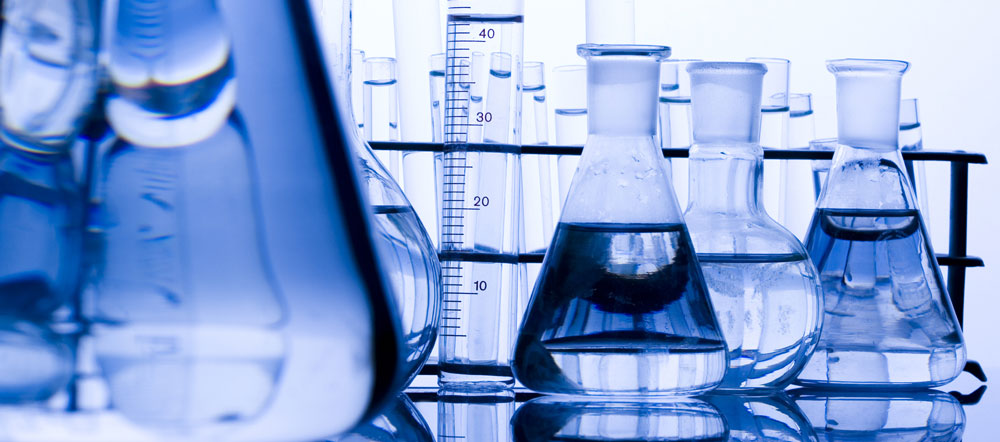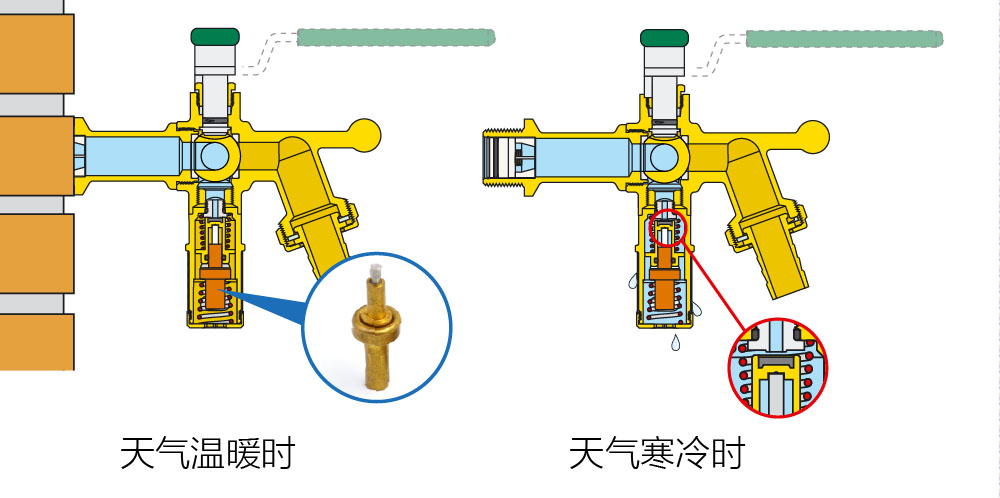PID control has the advantages of simple algorithm, easy design and reliable control. It is still widely used in various industrial control systems. However, with the widespread existence of the complexity, non-linearity and time-varying of controlled objects, the effect of conventional PID control is greatly reduced. Nowadays, various advanced control strategies are gradually introduced into the actual control system. However, limited to the depth of advanced control strategy theory and the actual economic benefits, the improvement of PID control with simple structure has become a research hotspot for a long time. This paper takes temperature control system as an example to optimize and compare the integral and differential links of conventional PID under Simulink environment. For the drying room temperature control system, there are many factors that affect the actual operation process. It is very difficult to describe the operation of the system by mathematical analysis method.

So in this paper, the computer identification method is used to describe the operation of the system. The main factor controlling the temperature rise or decrease in the drying chamber is the combustion condition of the diesel burner. The temperature of the drying chamber is controlled by controlling the duty ratio of the second stage fire of the diesel burner. By measuring and collecting the temperature change curve of drying chamber under the given duty cycle of diesel burner, and comparing and analyzing, the nearest mathematical model is obtained. Using MATLAB software to simulate the PID control system, the model of the PID controller is established under Simulink environment. In the traditional PID simulation process, when kp=km=0.68, the output curve oscillates equivalently. The initial parameters kp=0.343, ki=0.004 and kd=9.781 are calculated by Z-N method.
However, the output curve is still not ideal. Combined with the experience of PID regulation, the ideal curve is obtained through several adjustment experiments. The integral methods used in PID control include integral separation method and limited attenuation method. During the conventional PID temperature control process, when the temperature is greatly changed by the external influence or the new setting value is given, the control system will have large deviation, and will be affected by the inertia and delay of the system. Under the action of the PID integral, the output growth time will fluctuate and be larger.
Overtone phenomenon [2]. Especially for the slow process of temperature change, this phenomenon will be more serious. Therefore, in the drying chamber temperature control system, the integral separation method is considered to improve the conventional PID control, that is to say, when the temperature deviation is large, the shielding integral part is used; when the deviation is small, the integral link function is enabled. This requires setting a value to define the magnitude of temperature deviation, which is a threshold, and the threshold should be determined according to the specific circumstances of the control object. The threshold value is too large to achieve the goal of integral separation. If it is too small, it is possible that the controlled quantity can not jump out of the integral separation area, and only PD control will result in residual error.

The simulation model is established, and the conventional PID controller model is added to facilitate comparison. Threshold values are 0.1, 0.2, 0.
3, 0.4, 0.5, 0.6, 0.7 and 0.8 respectively. The output curves are shown in Figure 1.

By comparing the output curves of 9 thresholds, it can be seen that the selection of the threshold has a direct and obvious effect on the control results. When the threshold value is 0.1, the system rises very fast in the first 17S, but when the output reaches 98% of the set value, thermostatic element the system’s adjustment speed becomes slower, and it takes 62S time to reach a stable state. When the threshold is set to 0.6, the system output reaches the set value at 20S and rises very fast, but with the increase of the threshold, the overshoot of the system output also increases significantly. Through comparison, it can be concluded that the integral separation method can improve the conventional PID temperature control system in terms of adjusting time and overshoot range, but its control effect is still not ideal, so it is still necessary to continue to study and seek better optimal control methods. The introduction of differential links in PID control can enhance the dynamic characteristics of the control system, but the anti-interference ability of differential links is very low, which makes the differential links very disadvantageous to the stability control of the system. In practice, in order to reduce the influence of disturbance on differential link, digital filtering and other means can be used, and incomplete differential or differential advance control method can also be used to improve differential link [3]. The structure of differential advance controller is shown in Fig. 2. There is a lag in the temperature control system of the drying chamber, so the differential advance method is used to improve the original PID controller. In the differential advance PID improvement method, the differential link is connected in series in the feedback loop of the system.

The measured temperature value, i.e. the output value and its change rate of the control system are sent to the proportional integral controller through the differential advance link, thus reducing the control system. The function of overshoot is to compensate the control lag at the same time.
As shown in Fig. 3, the response curve of differential advance PID control is shown. Compared with conventional PID simulation results, differential advance PID can significantly reduce overshoot, reduce system adjustment time and greatly improve the dynamic characteristics of the system.
